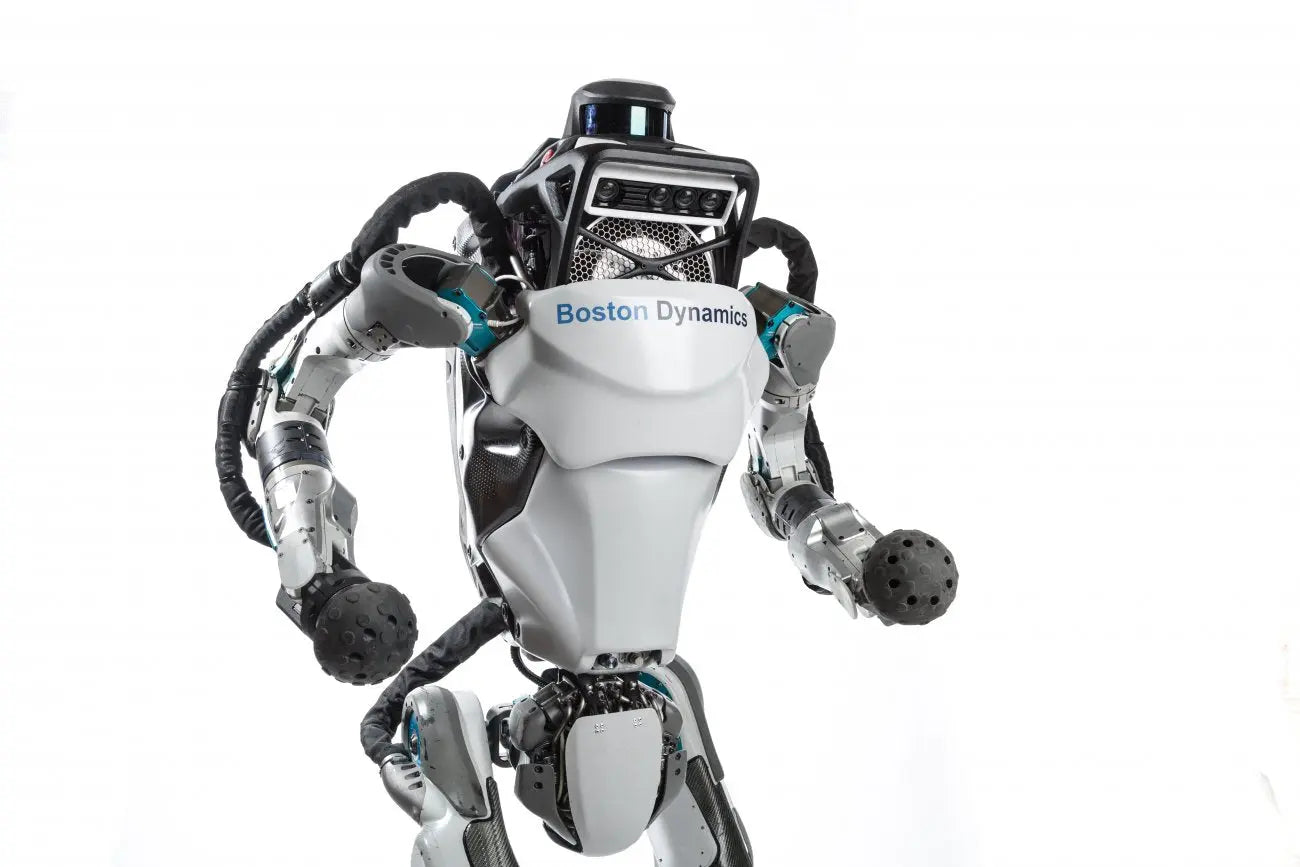Boston Dynamics' Atlas Robot
When it comes to the world of robotics, Boston Dynamics is a company that often makes the headlines. Their state-of-the-art robotic technology has consistently amazed the world, and among their incredible innovations, the humanoid robot known as Atlas stands tall.

What is the Atlas Robot?
The Atlas robot, developed by Boston Dynamics, is a bipedal humanoid robot primarily aimed at performing tasks in challenging, complex, outdoor terrains. The robot, standing nearly 5 feet tall and weighing 165 pounds, was designed to navigate both indoors and outdoors, demonstrating remarkable mobility and dexterity.
Atlas is powered by hydraulics and has a multitude of sensors throughout its body, including LIDAR and stereo vision, which allow it to perceive and interact with its environment. It can perform a wide range of tasks, such as opening doors, carrying and manipulating objects, and even recovering its balance when pushed or after stumbling.
The Evolution of Atlas
The Atlas robot has seen significant advancements and improvements since its first introduction. The initial design focused on search and rescue tasks, demonstrating the ability to walk on rough terrain, climb using hands and feet, and manipulate objects in its environment.
In 2016, Atlas saw a significant upgrade, making it lighter, faster, and more agile. The newer version featured 3D-printed parts to save weight and space, enabling increased strength-to-weight ratio and a compact design. Boston Dynamics also integrated a power tether into the robot, allowing the robot to operate for extended periods.
But it was the 2019 model of Atlas that truly astounded the world. The robot was no longer merely functional—it was agile. The newer model showcased a range of acrobatic skills, such as jumping over obstacles, performing backflips, and even performing parkour. Atlas's upgraded control system enabled the humanoid robot to use its whole body, legs, arms, and torso, to marshal the energy and strength for leaps and somersaults.
Atlas and the Future
Atlas's evolution is not just about making it more efficient or agile; it's about integrating advanced AI and machine learning capabilities. Boston Dynamics has worked extensively to improve the machine learning algorithms that allow Atlas to learn from its past experiences. The improved algorithms enable Atlas to not only navigate through complex terrains but also to understand the nuances of human behavior better, making it capable of interacting with people in a more 'human-like' manner.
The future possibilities for Atlas are vast. It could revolutionize search and rescue missions, reaching areas deemed too dangerous for humans. Furthermore, it could play a significant role in construction or in industries where heavy lifting and precision are required. Moreover, with the continuous improvements in AI, Atlas could potentially become more autonomous, capable of making decisions and solving problems on its own.
Conclusion
Boston Dynamics' Atlas robot represents a significant stride forward in the world of robotics. It is a testament to the fascinating and rapidly evolving technology that seeks to make robots more versatile, intelligent, and useful in various real-world applications. As Atlas continues to evolve and improve, it offers a glimpse into the exciting future of robotics. It will be interesting to see how Atlas will continue to shape and influence the world of robotics in the years to come.




